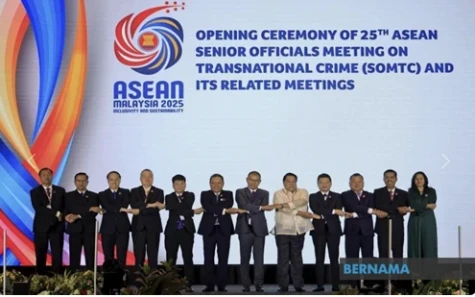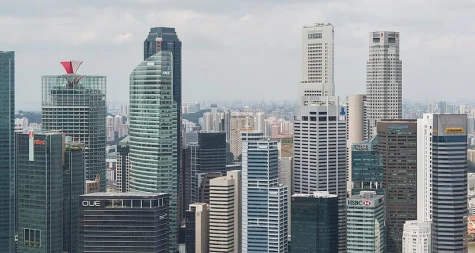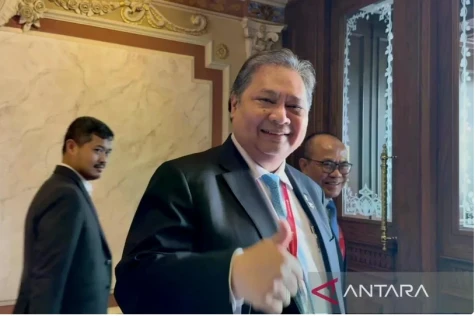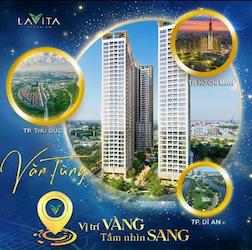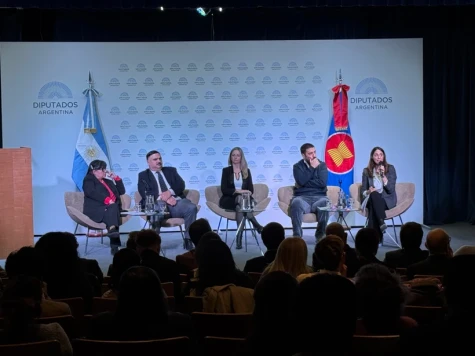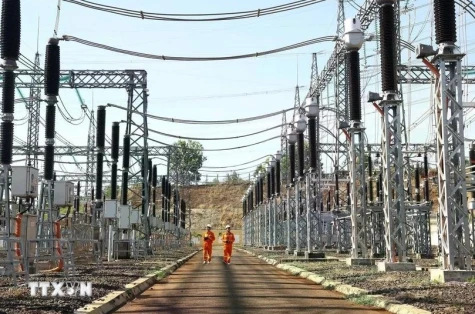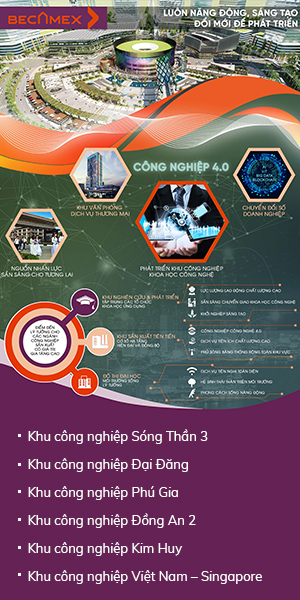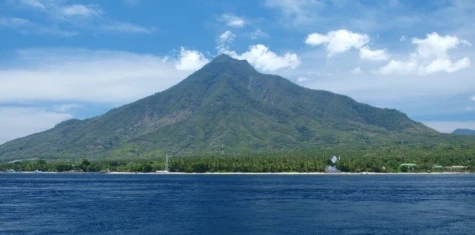The establishment of the ASEAN Community at the year’s end is deemed the most significant achievement of ASEAN as it initiates a new development phase of the bloc.
Since then, the association has played a crucial role in promoting dialogue and cooperation for peace, security and development in the Asia-Pacific region.
The idea of building an ASEAN Community originates from the fact that the association is facing both new development opportunities and innumerable challenges, including non-traditional security ones such as racial and religious conflicts, drug trafficking, weapon smuggling and cross-border organised crimes, as well as territorial matters.
In the outset of the 21 st century, then President of the Philippines Gloria Arroyo confirmed that separate Southeast Asian nations could not have peace and prosperity in a world of unstable security and economic fluctuations if they did not stand side by side and share mutual concerns and trust. The perception received warm response from leaders of other ASEAN countries.
In celebration of the 30 th founding anniversary of ASEAN in December 1997, leaders of the member states adopted the ASEAN Vision 2020 with the main goal of turning the association into a close-knit and harmonious group of Southeast Asian nations.
To implement the vision, the sixth ASEAN Summit in Hanoi in December 1998 adopted the Hanoi Plan of Action (HPA) for the 1999-2004 period, outlining specific measures and activities to boost ASEAN cooperation across politics-security, economy, socio-culture and external affairs.
In October 2003, ASEAN leaders signed the Declaration of ASEAN Concord II and agreed to set the target of building the ASEAN Community by 2020 with three key pillars: the ASEAN Security Community (ASC), the ASEAN Economic Community (AEC) and the ASEAN Socio-Cultural Community (ASCC).
They also affirmed that the bloc would expand relations with external partners for the common goal of peace, stability and win-win cooperation in the region.
To realise the HPA, the group devised the Vientiane Action Plan (VAP) for 2004-2010 and action plans to build the three key pillars of the ASEAN Community. An important content of this programme was implementing the Initiative for ASEAN Integration (IAI) to narrow development gaps between ASEAN nations to push ahead with specific action plans and projects.
In January 2007, the bloc was determined to speed up the intra-bloc connectivity with the ASEAN Charter as its legal foundation and concurred to establish the ASEAN Community in 2015 instead of 2020 as agreed earlier.
The group also mapped out master plans to build the APSC, AEC, and ASCC with specific targets and deadlines.
At the 13th ASEAN Summit in November 2007, the ASEAN Charter was signed to create a legal foundation and institutional framework for increasing regional connectivity.
Later in February 2009, the 14th ASEAN Summit adopted the Declaration on the Roadmap for the ASEAN Community enclosed with master plans to build the three key pillars and a plan to carry out the IAI between 2008 and 2015.
ASEAN member states have also agreed to formulate the ASEAN Community’s Post-2015 Vision between 2016 and 2020, which is built on the outcomes of implementing the 2009-2015 ASEAN Community’s roadmap, and looks to increase ASEAN and regional connectivity to a higher level.
ASEAN has established a High Level Task Force including representatives from the 10 member states to soon finalise the draft ASEAN Community’s Post-2015 Vision for submission to the 27 th ASEAN Summit slated for this month.








